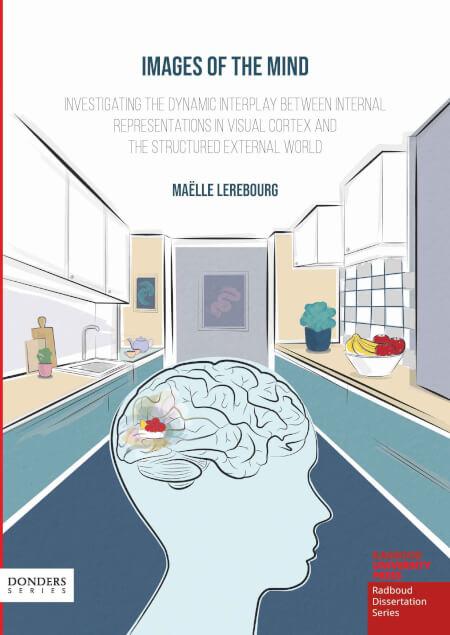Images of the Mind: Investigating the dynamic interplay between internal representations in visual cortex and the structured external world
Synopsis
Our visual world is often complex and filled with different objects, usually more than we can process at once. To find relevant objects in such environments (e.g., apples in the supermarket or our bicycle at the train station), the visual system relies on an internal representation of the target object (an attentional model/template). For example, when we prepare to search for an apple, we reactivate visual neurons that are selective for red and round objects to facilitate their processing. Here, we investigated how these templates adapt to a predictable context. For example, to search for an apple, we might first look for the easy-to-find countertop where they are often found, and if it is surrounded by oranges, we might emphasize its unique color over its round shape. This demonstrates how a predictable environmental structure is learned and used for efficient search. However, holding an object in mind does not always facilitate visual processing. When we vividly imagine an object, it competes with the processing of similar objects when both activate the visual cortex simultaneously. Using multiple methods (behavioral tasks, EEG, eyetracking, and fMRI), this dissertation investigated how our internal representations are shaped by the external world and, in turn, shape what we perceive.

Published
Series
Categories
License

This work is licensed under a Creative Commons Attribution-NonCommercial-NoDerivatives 4.0 International License.

